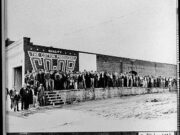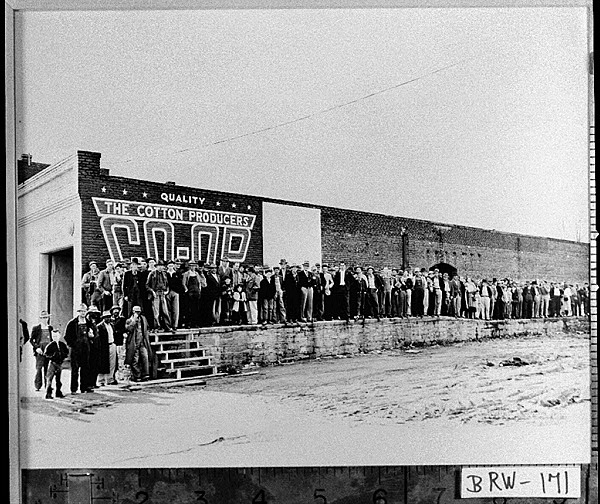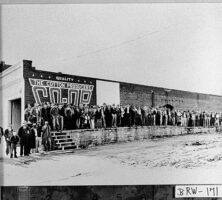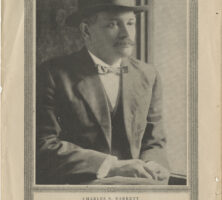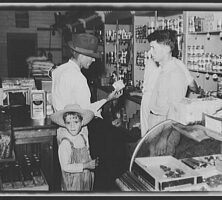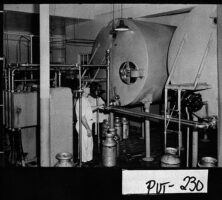Farm cooperatives came to America with the earliest immigrants, who modeled their collective businesses on those of textile weavers from Rochdale, England. In the early twentieth century farm cooperatives took hold in Georgia, which became home to such organizations as the Farmer’s Union and Cotton Producers Association (CPA).
A cooperative, according to the International Cooperative Alliance, is “an autonomous association of persons united voluntarily to meet their common economic, social, and cultural needs and aspirations through a jointly owned and democratically controlled enterprise.” By the 1850s farmers in the Northeast and South had succeeded in organizing and operating cooperatives to process and market cheese, wool, cotton, tobacco, and food grains. By the 1870s the National Grange had emerged as the leader among almost 1,000 agricultural societies in the United States. It encouraged its members to organize local farmer-owned businesses to cooperatively purchase inputs and market commodities. In 1906 Pike County native Charles Barrett became president of the Farmer’s Union, a national organization that tried to improve the income of farmers by creating cooperatives. The Farmer’s Union, headquartered for a time in Union City, was led by Barrett for twenty-two years. Although the Farmer’s Union is no longer active in Georgia, it continues to operate in other states.
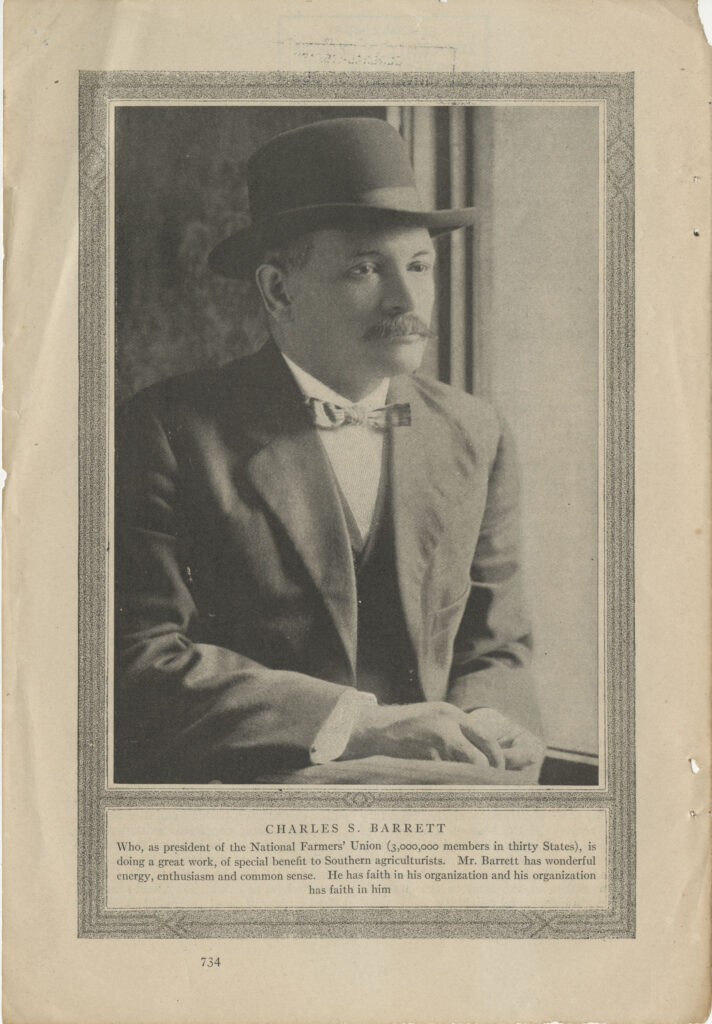
Courtesy of Hargrett Rare Book and Manuscript Library, University of Georgia Libraries.
Largely as a result of the 1922 Capper-Volstead Act, which gave farmers the right to form cooperatives, and the 1926 Cooperative Marketing Act, which provided federal support for cooperatives, more than 12,000 cooperatives operated in the United States by the 1930s to distribute seed, fertilizer, farm supplies, feed, and other farm inputs. Others bought, processed, and marketed farmers’ grain, cotton, tobacco, milk, livestock, and other produce. In 1933, the same year Congress created the Farm Credit Administration, agronomy instructor D. W. Brooks left his position at the University of Georgia in Athens to form CPA. Now known as Gold Kist, CPA aimed to increase farmers’ standard of living and ensure that they received a fair price for their cotton. In 2004, with members’ approval, Gold Kist became a for-profit company traded on the NASDAQ stock exchange.
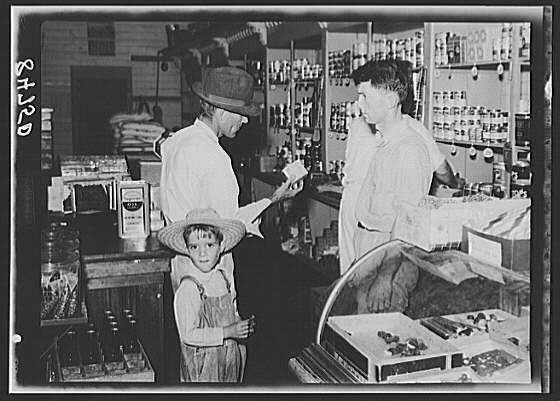
Courtesy of Library of Congress, Prints and Photographs Division
During World War II (1941-45) many cooperatives consolidated their operations to meet the nation’s needs. Cooperatives also played an important role in helping European nations recover from the war. The Cooperative for American Remittances to Europe (CARE) was organized in 1945 and quickly became one of the most effective and efficient sources of food and clothing for the continent. Now known as the Cooperative for Assistance and Relief Everywhere and based in Atlanta, CARE continues to bring relief in the form of nutrition and education to poor people around the world.
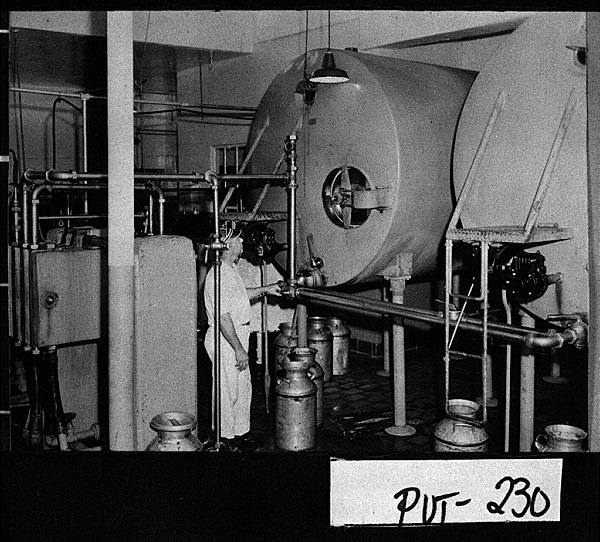
Courtesy of Georgia Archives.
Legislation introduced during the 1950s, 1960s, and 1970s, along with the economic effects of the 1980s, has hampered the cooperative market. Recent years have seen an alarming increase in bankruptcies. Other cooperatives have survived by taking on debt and curtailing or selling operations, among other actions. Since 2000 two of the United States’ largest farm cooperatives have entered voluntary bankruptcy and several more face financial insolvency.


